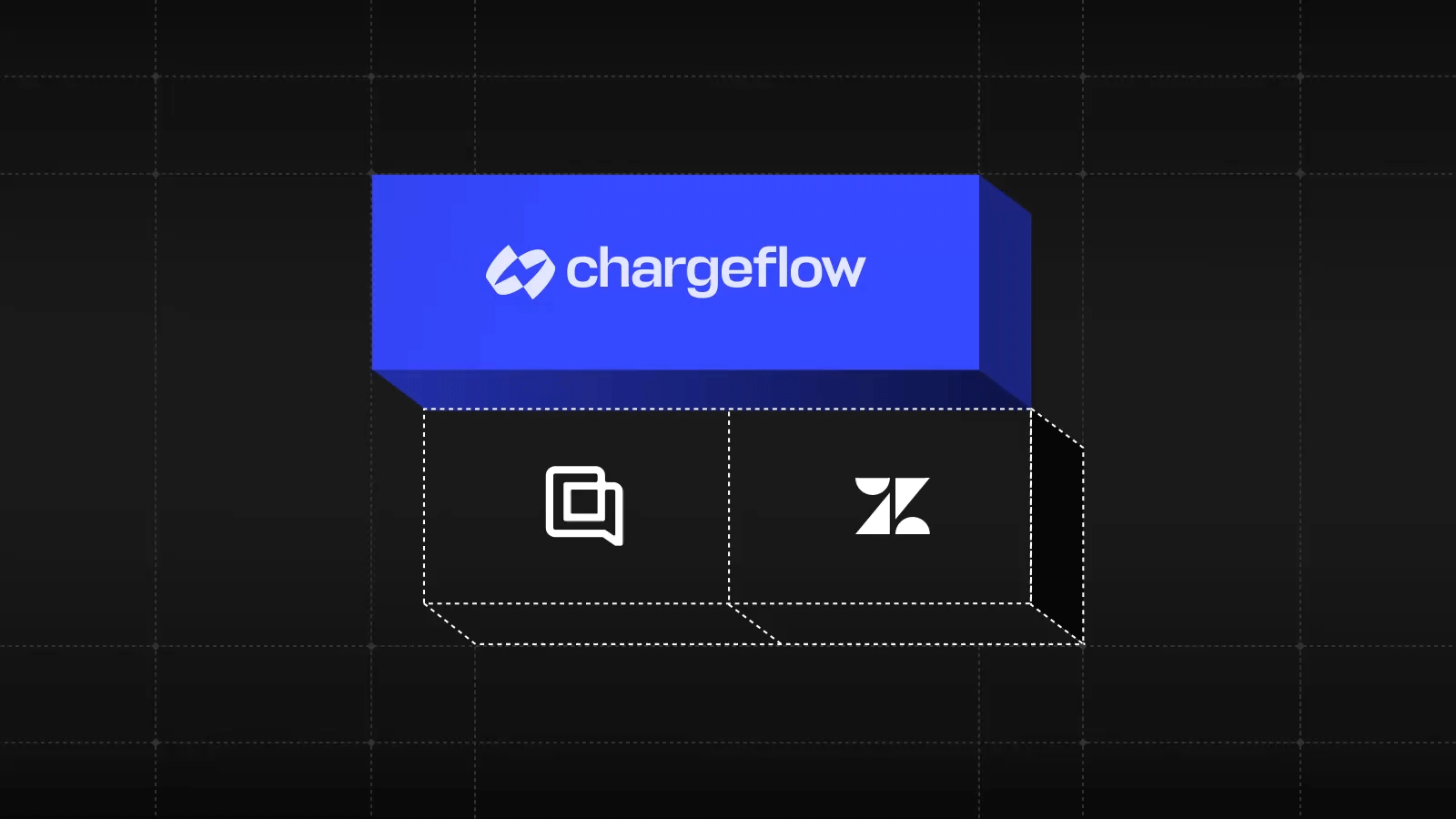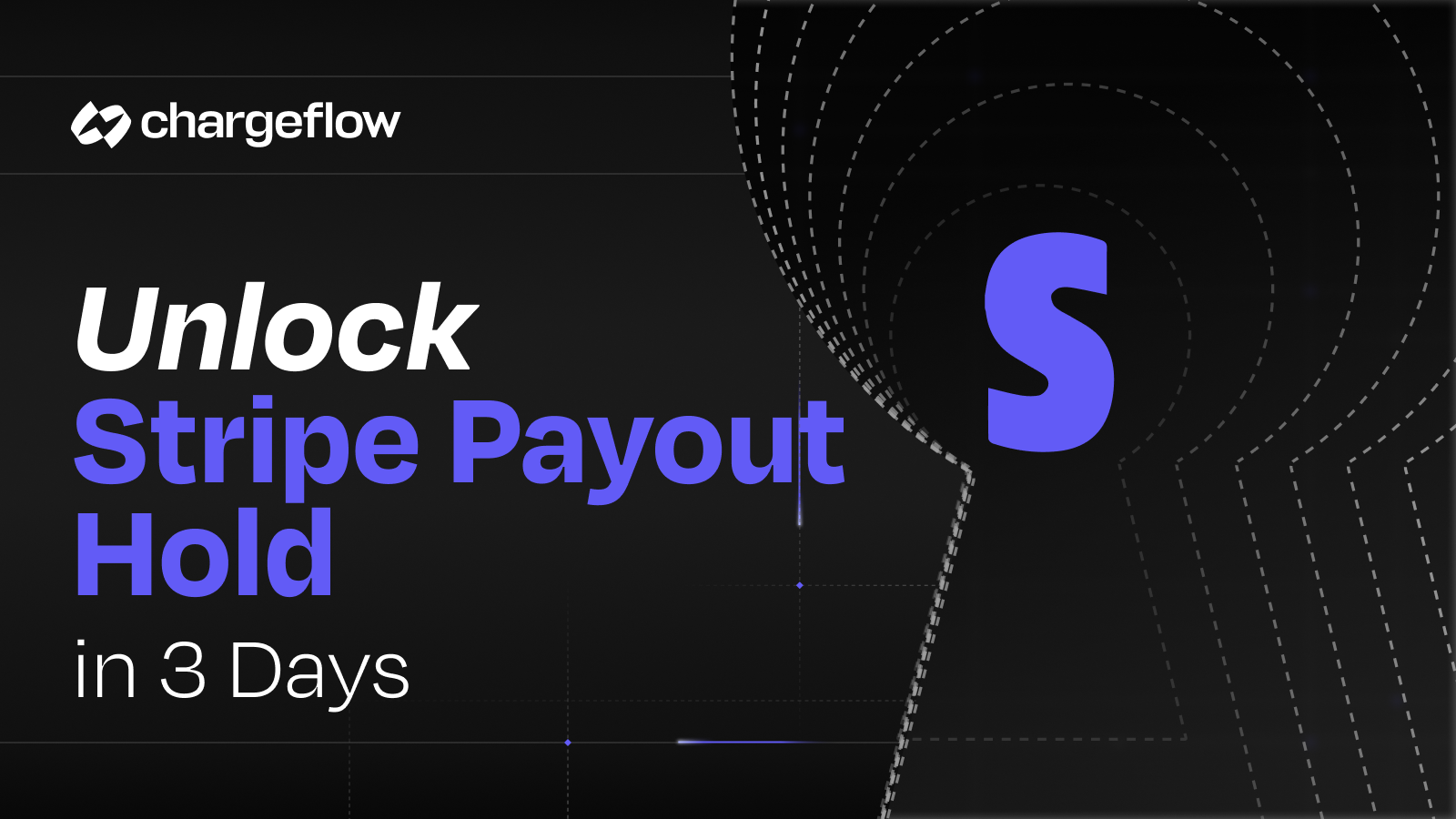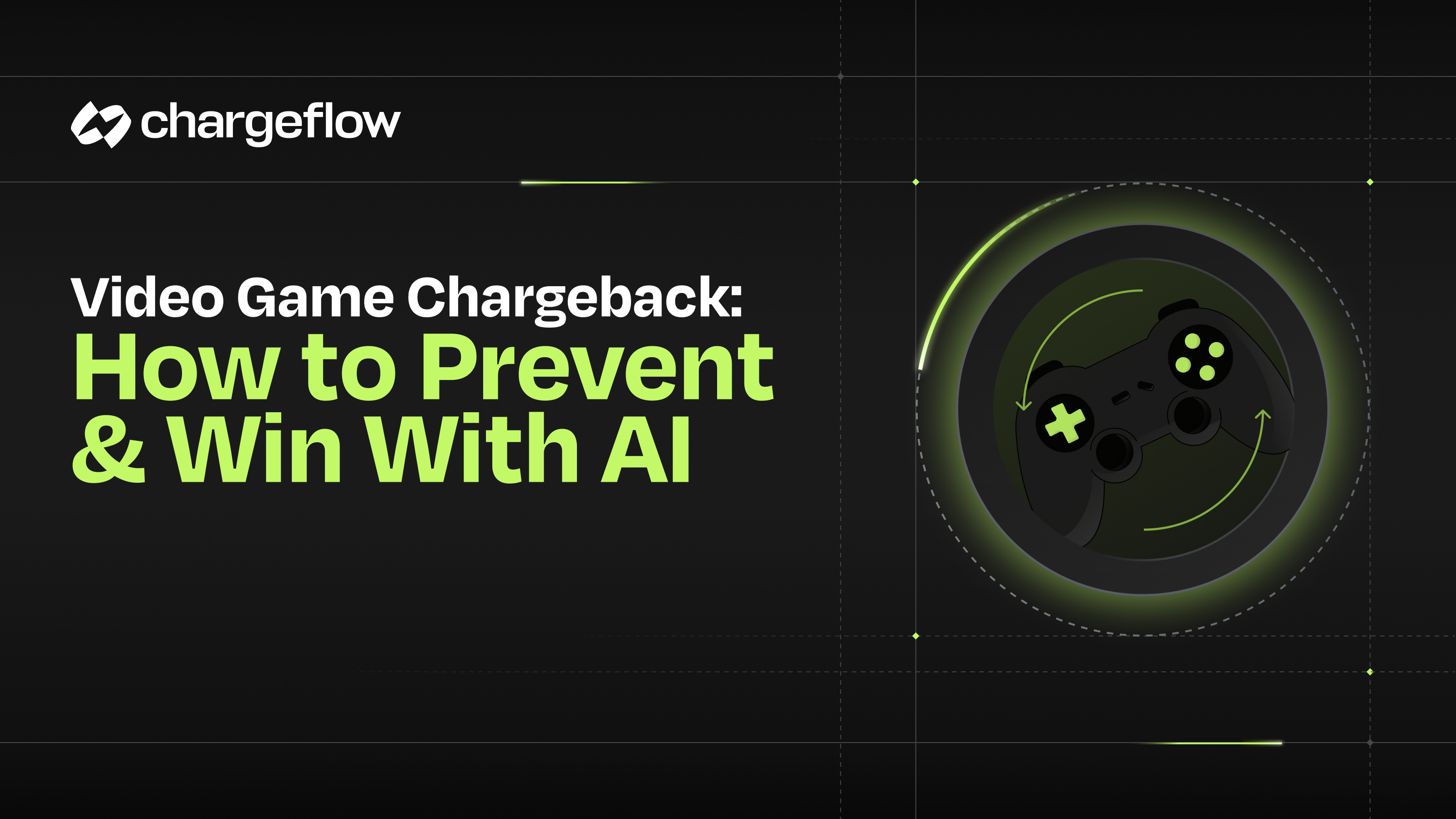What Are Visa’s New VAMP Rules? A 2025 Guide for Merchants

Chargebacks?
No longer your problem.
Recover 4x more chargebacks and prevent up to 90% of incoming ones, powered by AI and a global network of 15,000 merchants.
Visa’s 2025 VAMP rules hold acquirers to stricter dispute limits—merchants must act now to stay compliant and avoid penalties.
Visa’s VAMP (Visa Acquirer Monitoring Program) has changed the game for acquirers and merchants alike. Even if you’re a low-risk merchant with clean records and relatively few chargebacks, you could still be putting your processor at risk, and that risk could land back on you.
Let’s unpack what VAMP really means for merchants and why being “under Visa’s radar” isn’t enough anymore, starting with a few key questions worth asking.
Question 1: What’s changing for acquirers under the new VAMP rules?
Answer: Starting April 1, 2025, Visa introduced dispute thresholds for acquirers — and they’re far stricter than what applies to merchants:
Acquirer VAMP Thresholds:
- 0.5% dispute ratio (2025 target)
- Potential tightening to 0.3% in 2026 (exact timing may vary by PSP interpretation)
For comparison:
- Merchant threshold = 1.5% in 2025
- Dropping to 0.9% in 2026
👉 So even if you’re below the merchant threshold, your dispute activity could still push your acquirer over the line — and that puts you at risk of restrictions or account termination.
Most acquirers also use internal thresholds that aren’t publicly disclosed, and they can tighten them at any time.
That’s why staying proactive with Alerts is key.
Learn more from Visa’s official VAMP program breakdown.
Question 2: How do I calculate my dispute ratio under the new VAMP rules?
Answer: Visa uses this formula:
Dispute Ratio = (All fraud (TC40) + All disputes (TC15) ÷ total sales (settled transactions)

That includes:
- TC40 (fraud reports)
- TC15 (disputes) Non-fraud disputes (think: friendly fraud, delivery issues, unclear billing)
Even if a dispute is resolved later, it still counts — if it triggers a TC40 or TC15 report, it stays on the books.
Exceptions:
- If a dispute is resolved using a pre-dispute tool (like Order Insight or Rapid Dispute Resolution) before Visa collects data, it may be excluded (as long as the RDR didn’t result in TC40).
- The same goes for wins under Compelling Evidence 3.0 — if resolved early enough.
Here’s a quick example:
If you had 10 TC40s or TC15s in a month and 5,000 Visa transactions:
10 ÷ 5,000 = 0.2% dispute ratio
If you want to be on the safe side, it's best to stay well below 0.3%, as each PSP may set different internal expectations. Staying proactive helps protect your business.
Question 3: I heard Visa only flags merchants with over 1,000 disputes per month. I barely hit 100 — so why should I care?
Answer: The 1,000-case rule is just a threshold for the merchant. While Visa doesn’t formally flag merchants until they cross that line, your data still affects your processor’s overall risk score.
And if your dispute ratio is creeping up, your processor could penalize you long before Visa steps in.
Also, don’t forget:
Mastercard rules are tougher. They may flag merchants with as few as 100 disputes or a 1.5% ratio. So, even a moderate number of chargebacks can put your status at risk across networks.
That’s why it’s important to stay proactive with a dispute mitigation strategy. Chargeflow’s Alerts automatically monitor early warning signs like TC40s and pre-dispute cases, giving you the chance to resolve them on autopilot before they escalate into chargebacks.
Bottom line: Just because you’re not hitting Visa’s formal limits doesn’t mean you’re in the clear.
Question 4: If I’m under Visa’s limits, why does my ratio still matter?
Answer: Because your activity counts toward your acquirer’s portfolio risk.
Visa’s model is all about holding acquirers accountable, so even low-volume merchants can tip the scale. If your individual dispute ratio (fraud + non-fraud ÷ total Visa sales) is high enough, you could:
- Contribute to your acquirer breaching its threshold
- Trigger fines or audits for your processor
- Get flagged, fined, or even dropped, just to protect their portfolio
This isn’t just a “big merchant” problem anymore. Your numbers affect your acquirer, even if you’re not over Visa’s official limits.
And here’s the tricky part:
Even if you’re not near Visa’s published limits, you may not know you’re at risk until you get a notice from your processor. Internal thresholds are usually stricter and not shared with merchants.
That’s why it’s critical to keep your dispute ratio low and stay proactive with Alerts. Chargeflow Alerts provides you with real-time visibility into your dispute risk, enabling you to act before a chargeback is filed, thereby staying ahead of both Visa and MasterCard programs, as well as your processor.

Question 5: Can my processor take action even if Visa doesn’t?
Answer: Yes — and they often will.
If your chargebacks or fraud alerts raise red flags, your processor may:
- Charge you higher dispute or risk fees
- Put your account on a watchlist
- Demand a mitigation plan
- In extreme cases, terminate your account without waiting for Visa
Acquirers are highly motivated to stay under VAMP thresholds. If you make it difficult, they’ll act fast.
Question 6: How do I stay off the radar and protect my business?
Answer: Here’s what smart merchants are doing now:
- Know your ratio:
- Disputes (TC40s + TC15s) ÷ total Visa sales
- Stay well under 0.3%
- Spot patterns early:
- Look for spikes from certain products, customer regions, or shipping issues.
- Strengthen fraud prevention:
- Use 3DS, velocity checks, and device fingerprinting
- Simplify your transaction experience:
- Clear billing descriptors, detailed receipts, and straightforward refund policies go a long way.
- Act fast on alerts:
- Using Chargeflow Alerts? You're covered — we handle early warning disputes automatically.
- Using another service? Make sure you respond immediately to avoid chargebacks.
Question 7: Is there a risk even during Visa’s 2025 "advisory" period?
Answer: Yes.
Between April 1 and October 1, 2025, Visa won’t issue penalties, but acquirers are already being monitored.
So if your dispute ratio is too high, your processor could still flag, restrict, or warn you, even before Visa formally steps in.
Don’t wait for October. Now is the time to act.
Final Word
You might be flying under Visa’s radar, but your processor sees everything.
The new VAMP rules shift accountability upstream. That means your dispute ratio doesn’t just affect you — it affects your acquirer. And when their risk goes up, they won’t hesitate to pass the pressure back to you.
Keep your ratio low. Monitor alerts. Be proactive.
And if you're using Chargeflow, you’re already ahead — because you’re stopping disputes before they become chargebacks.

Chargebacks?
No longer your problem.
Recover 4x more chargebacks and prevent up to 90% of incoming ones, powered by AI and a global network of 15,000 merchants.






























.png)








